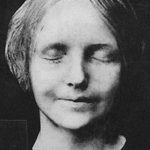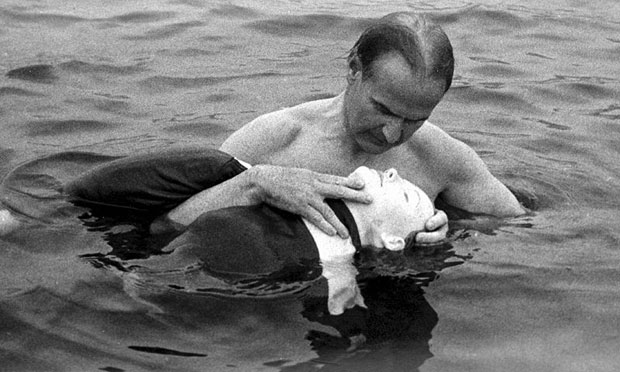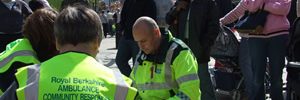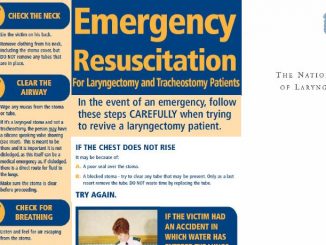Thousands, if not millions of people have been on a First Aid course where they practised Cardiopulmonary Resuscitation (CPR) on a Mannikin – ‘Annie’. Annie’s face has remained the same for years, but who is it based on – if anyone?
At the end of the 19th Century a young lady died in the river Seine. As was the custom then, she was put on display at the Paris Mortuary in the hope that someone could identify here (clearly this is before DNA testing, Dental records, photography and Instagram – no-one could hope to be anonymous nowadays).
No-one could identify her and, so the story goes, the pathologist became entranced by her and commissioned a plaster mould of her face to be made. This face became a hit and she became known as “L’Inconnue de la Seine” – the unknown woman of the Seine, or just “L’Inconnue”.

Soon the face was copied and painted and reproduced onto all sorts of media. She even became a sort of meme.

Wind forward 50 years and a toymaker, Asmund Laerdal had a son, Tore, who nearly drowned. Only by Asmund’s quick reactions dragging him out and blowing into his lungs did he manage to bring him round. Asmund was experimenting with the newly invented plastic, creating more realistic dolls. When he was approached by an Austrian doctor, Peter Safar and his team to help them invent a model for people to practice the newly invented CPR technique for saving lives he had a clear personal interest and agreed to help. When it came to the face he recalled a replica of L’Inconnue hanging up in his in-law’s house and Resusci Anne was born.
L’Inconnue / Resusci Anne hold the unofficial world record of the most kissed person ever (CPR is often known as ‘the kiss of life’). Tens of millions of people have kissed her and thousands of people’s lives have been saved by someone that, at some point, kissed her. That is some legacy.




Be the first to comment